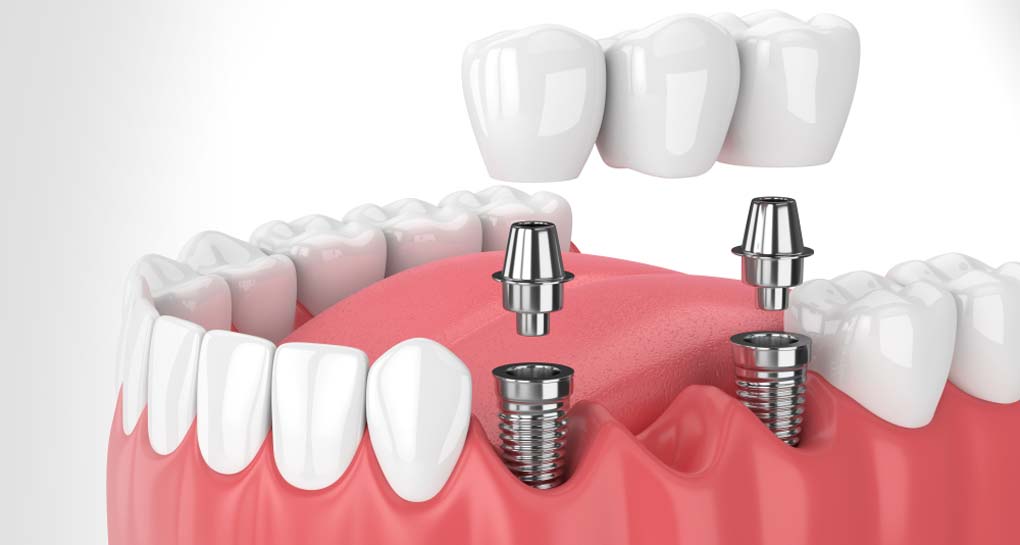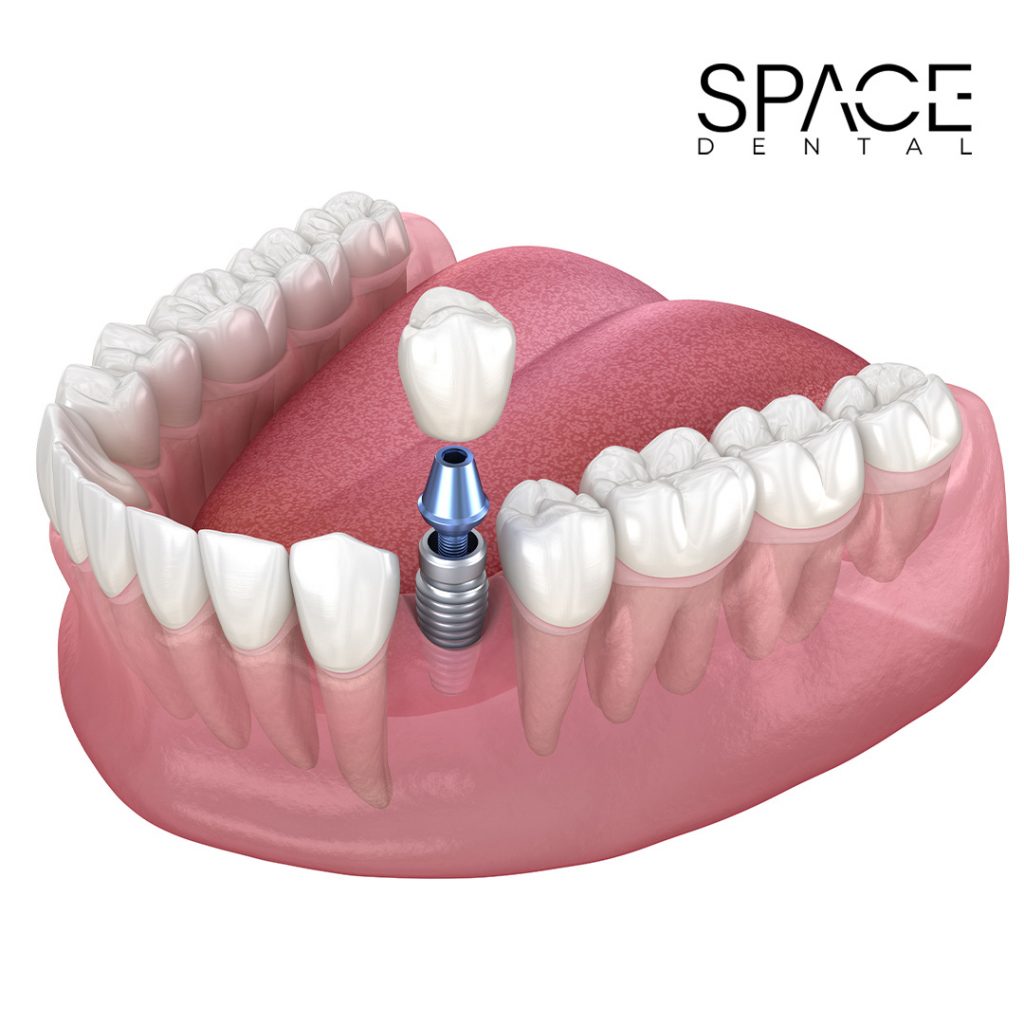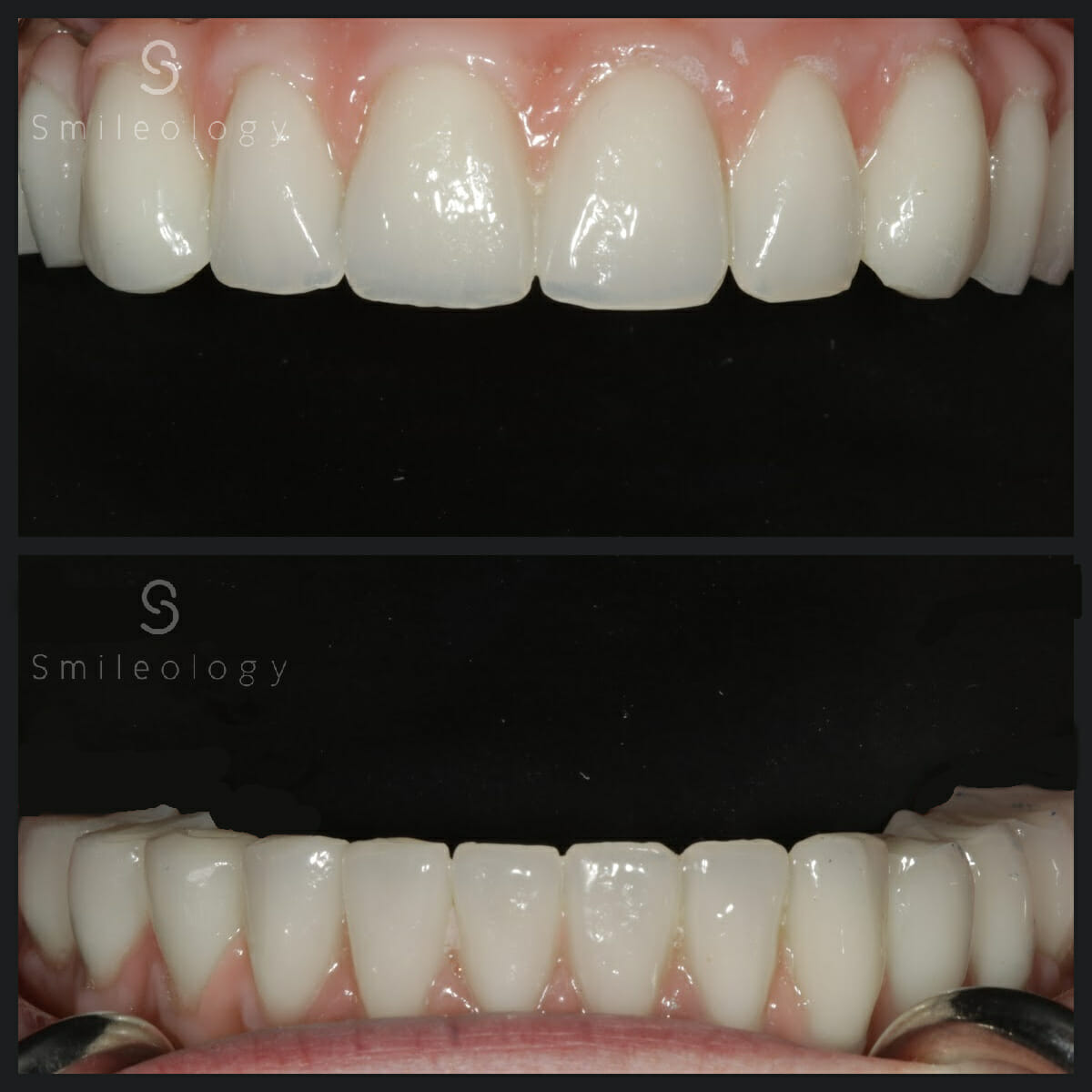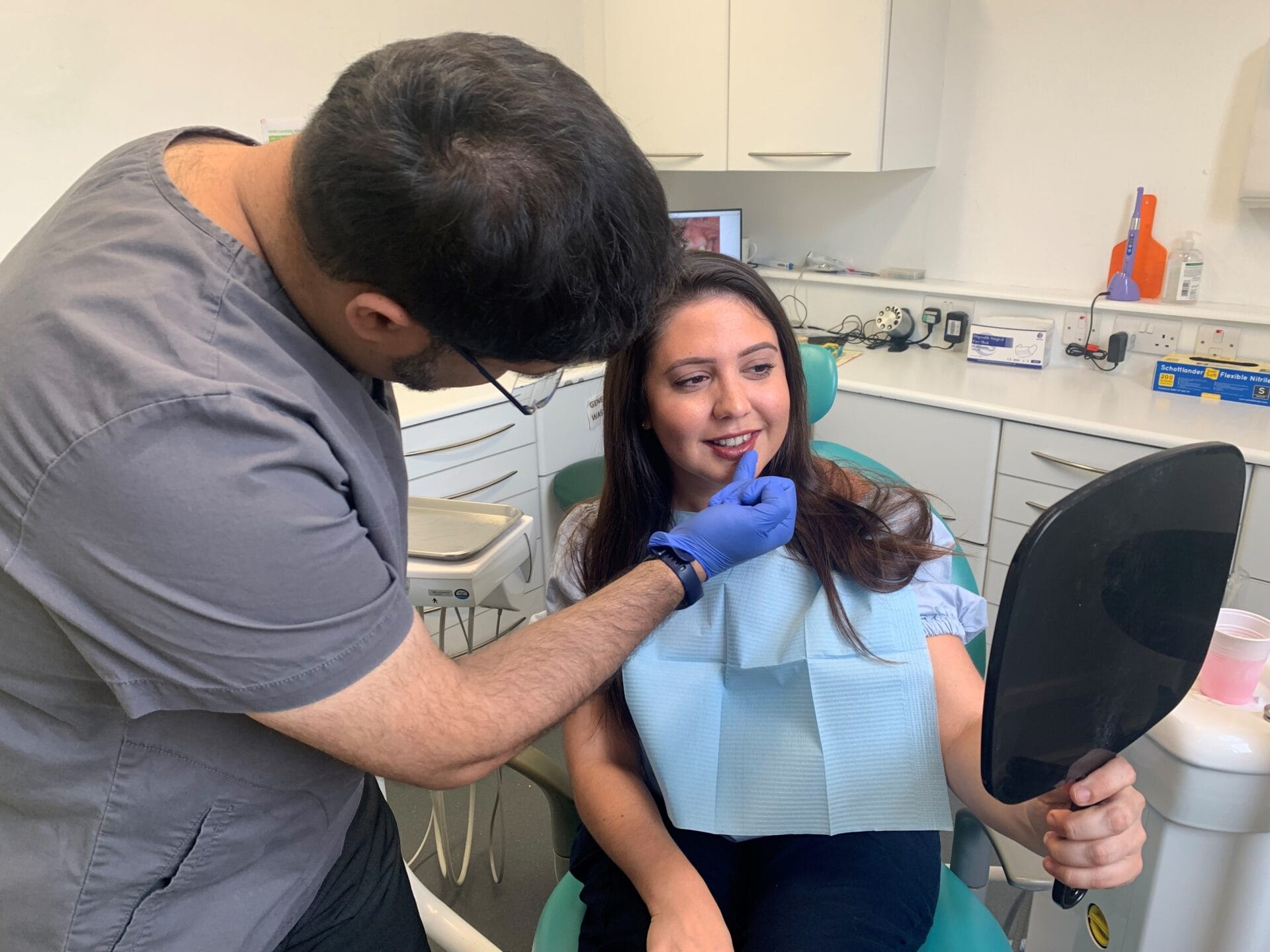Restore Functionality and Looks: Dental Implants Kent Solutions
Restore Functionality and Looks: Dental Implants Kent Solutions
Blog Article
Experience the most up to date Technologies in Oral Implants Innovation
As the area of dentistry continues to advance, the advancements in oral implant modern technology have actually been nothing short of exceptional. The assimilation of technology is reinventing the functionality of dental implants, assuring enhanced outcomes and person fulfillment.
Advanced Materials for Improved Toughness
In the realm of dental implants technology, the assimilation of sophisticated products has actually substantially added to boosting toughness and durability of these important dental prosthetics. The usage of products such as titanium alloys, zirconia, and ceramic compounds has actually revolutionized the field by providing raised biocompatibility, stamina, and resistance to deterioration.
Titanium alloys are commonly utilized in oral implants because of their extraordinary strength-to-weight proportion, rust resistance, and compatibility with the human body. These alloys make sure the security and long life of the dental implant by withstanding the forces put in during chewing and talking, providing a reliable remedy for patients looking for resilient tooth substitutes.
Zirconia, a type of ceramic product, has acquired popularity for its biocompatibility and natural tooth-like appearance. Its high strength and resistance to use make it a suitable selection for dental crowns and bridges, improving the total aesthetic appeals and performance of the implant.

Digital Imaging for Precise Positioning
The evolution of dental implants modern technology has even more advanced with the assimilation of digital imaging methods, ensuring specific placement of these prosthetics for optimal practical and visual end results. Digital imaging plays an essential function in the preparation and placement of dental implants by providing in-depth 3D pictures of the client's jawbone structure. This innovation permits dental experts to examine bone density, situate crucial structures, and prepare the specific placement and angle for dental implant positioning with unmatched accuracy.
By making use of electronic imaging, dental practitioners can produce online surgical overviews that act as a roadmap during the dental implant placement treatment. These guides are personalized for every individual, taking into consideration their unique composition and the preferred end result. This degree of accuracy not only improves the success rate of dental implant treatments however likewise minimizes the danger of complications.
Additionally, digital imaging enables dental professionals to envision the final prosthetic repair before the actual placement of implants, enabling meticulous planning and ensuring that the end result fulfills the client's visual assumptions. On the whole, the integration of digital imaging modern technology has actually reinvented the field of oral implants, offering people a much more foreseeable, efficient, and patient-specific therapy method.

Minimally Invasive Surgical Techniques


Innovations in medical approaches have brought about the growth of minimally invasive techniques in the field of oral implantology. These strategies aim to minimize injury to the client, reduce recovery times, and improve total treatment outcomes. Minimally invasive surgical procedures entail smaller lacerations, specialized instruments, and progressed imaging technologies to exactly position oral implants with minimal interruption to bordering cells.
One key aspect of minimally invasive techniques is using assisted surgery, where 3D imaging and computer-aided design software program are used to prepare the implant placement with terrific precision. This permits a much more foreseeable end result and can typically eliminate the demand for substantial flap surgery.
In addition, advancements in products and dental implant style have additionally added to the success of minimally invasive methods. Implants with improved surface homes advertise faster osseointegration, lowering the healing time required before the prosthetic reconstruction can be put.
3D Printing for Personalized Solutions
Making use of 3D printing technology in dental implantology enables the development of highly personalized options tailored to private client requirements and physiological variations. More about the author This sophisticated innovation allows dental professionals to make and fabricate oral implants with phenomenal precision and precision. By making use of digital imaging techniques, such as cone light beam computed tomography (CBCT), in-depth 3D models of the person's mouth can be produced to guide the implant preparing process.
One of the vital benefits of 3D printing in dental implantology is the capacity to develop patient-specific implants that flawlessly fit the one-of-a-kind anatomy of each individual. This personalized technique helps improve the general success and longevity of the implant by making certain optimum fit and positioning. In addition, 3D printing permits the production of complicated geometries and detailed structures that would certainly be difficult or difficult to attain utilizing conventional manufacturing approaches.
Furthermore, 3D printing innovation enables dental experts to streamline the implantation process, reducing surgical treatment time and boosting general patient experience. With its ability to develop tailored options promptly and effectively, 3D printing is revolutionizing the area of oral implantology, offering individuals ingenious treatment choices and enhanced outcomes.
Integrated Modern Technology for Improved Performance
Carrying out advanced innovation in dental implantology enhances functionality and accuracy, elevating the standard of care for patients undertaking dental implant treatments. Integrated modern technology plays a critical duty in improving the overall success and sturdiness of dental implants.
In addition, the read what he said combination of computer-aided layout and computer-aided manufacturing (CAD/CAM) modern technology enables the development of customized implant restorations with exceptional accuracy. CAD/CAM systems utilize digital impacts to design prosthetics that flawlessly fit the patient's distinct anatomy, making sure ideal convenience and capability. Additionally, the usage of robotic-assisted surgical procedure in implant placement boosts accuracy and minimizes the danger of human mistake.
Final Thought
To conclude, the current advancements in oral implants innovation offer enhanced sturdiness with sophisticated products, precise placement with electronic imaging, minimally invasive medical methods, tailored solutions with 3D printing, and improved capability with incorporated innovation - Dental implants Kent. These improvements in oral implants modern technology are revolutionizing the field and offering clients with more efficient and efficient therapy alternatives for recovering their smiles and oral health and wellness
The combination of technology is reinventing the capability of dental implants, promising boosted end results and patient fulfillment.
The development of oral implants modern technology has additionally advanced with the assimilation of digital imaging techniques, making sure specific positioning of these prosthetics for ideal useful and visual outcomes. Minimally invasive surgical procedures entail smaller sized cuts, specialized tools, and progressed imaging innovations to precisely position oral implants with minimal interruption to surrounding cells.
Carrying out advanced technology read here in oral implantology enhances performance and precision, boosting the requirement of treatment for patients undergoing implant procedures. Dental implants Kent. Integrated modern technology plays a critical function in improving the overall success and durability of oral implants
Report this page